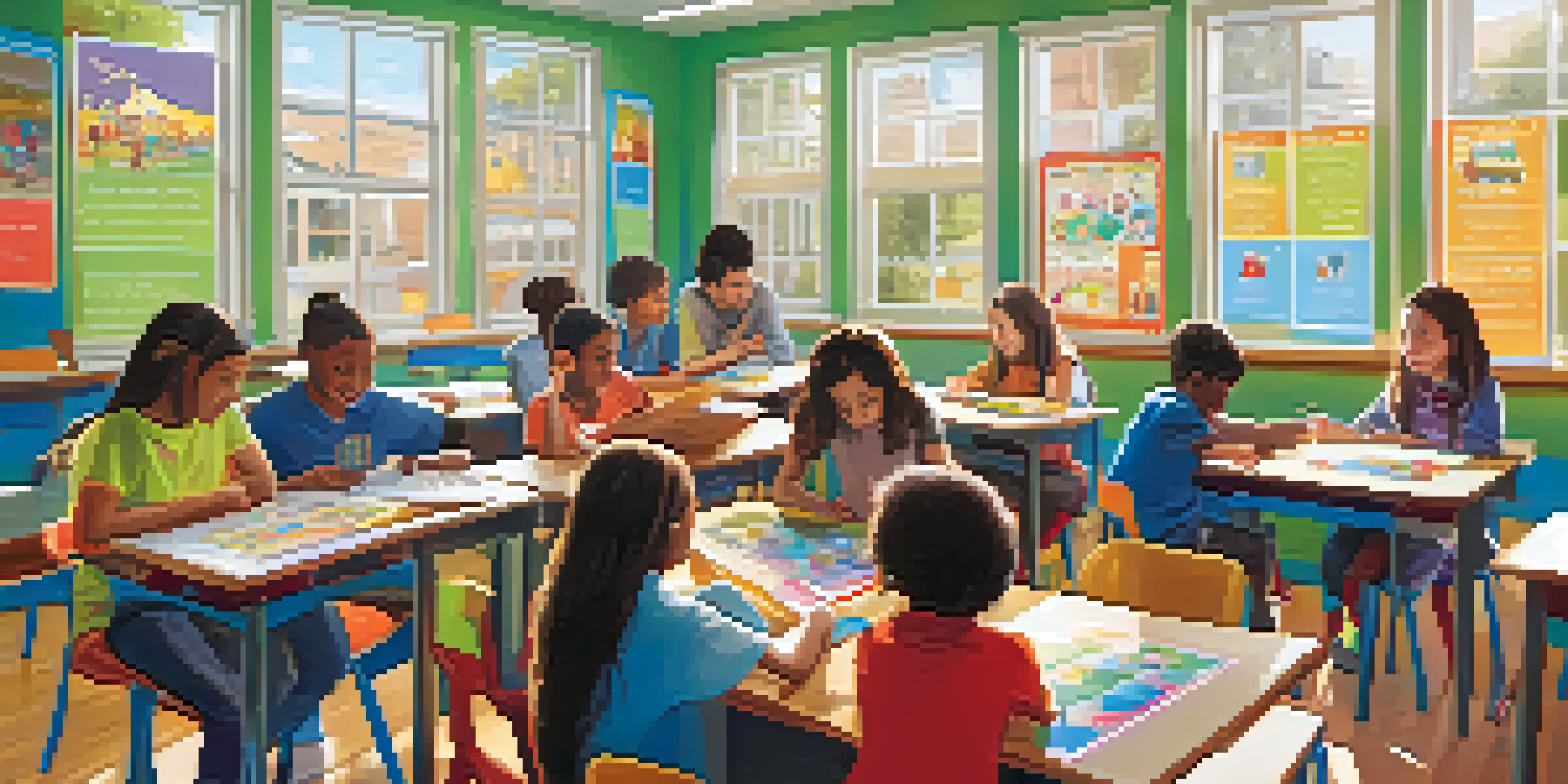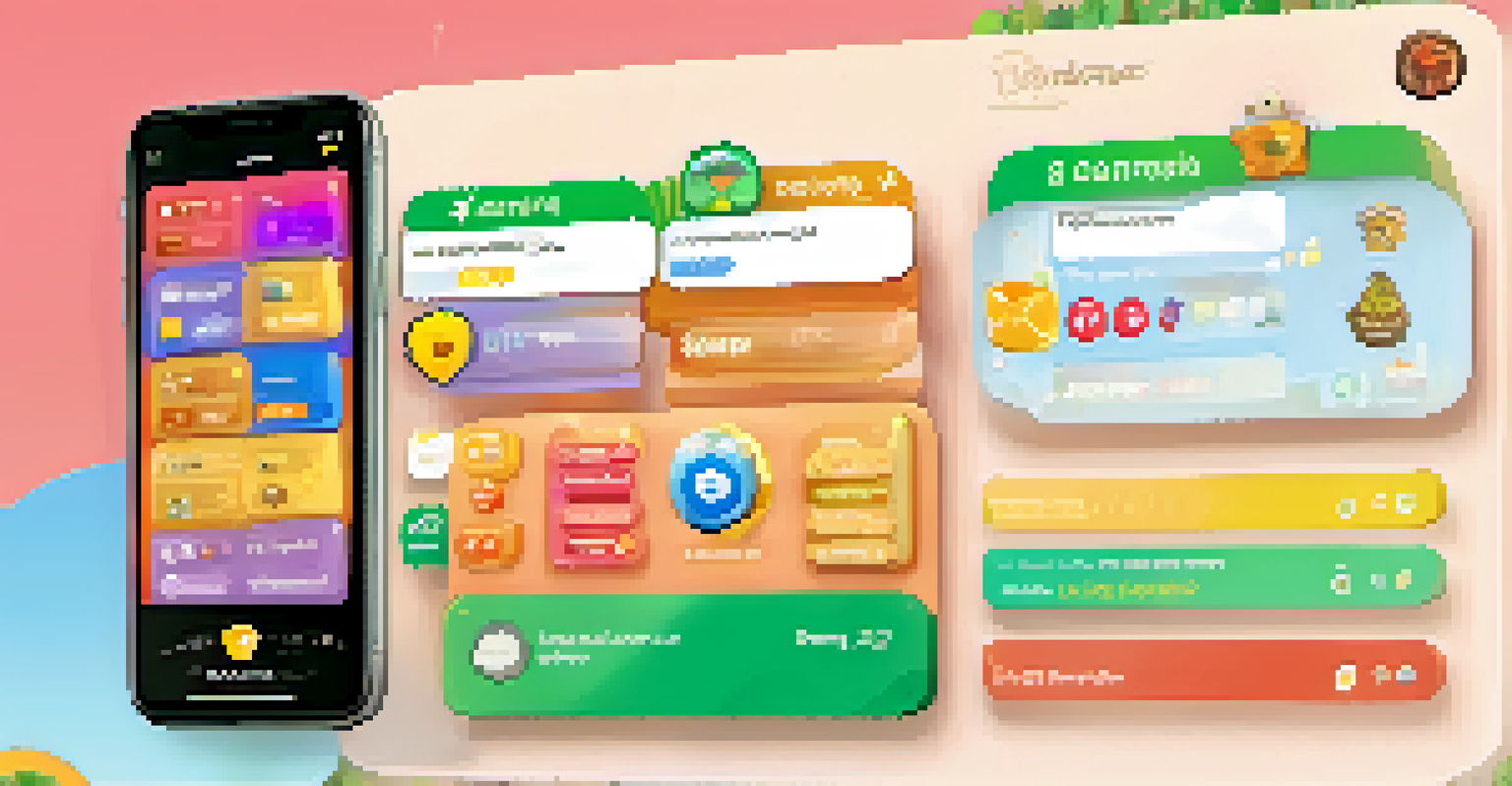The Educational Value of Game-Based Learning in Language Acquisition

What is Game-Based Learning in Language Education?
Game-based learning (GBL) is an approach that integrates games into the educational process to enhance learning experiences. By using interactive and engaging formats, GBL encourages students to participate actively in their language acquisition. This method not only makes learning enjoyable but also helps reinforce key concepts through practice.
Games are the most elevated form of investigation.
In the context of language learning, GBL often involves activities that require students to communicate, collaborate, and solve problems. These activities can range from educational video games that focus on vocabulary building to role-playing scenarios that simulate real-life conversations. As a result, learners can apply what they’ve learned in a dynamic setting, which can lead to better retention of the language.
Overall, game-based learning provides a unique opportunity to engage learners in a way that traditional methods may not. By incorporating playful elements, educators can foster a more motivating environment where students are eager to participate and improve their language skills.
How Game Mechanics Enhance Language Learning
Game mechanics, such as scoring, levels, and challenges, can significantly enhance motivation in language learners. When students are rewarded for achieving language milestones, they are more likely to stay engaged and strive for improvement. This system of rewards not only boosts confidence but also encourages a growth mindset, where students view challenges as opportunities to learn.

For instance, using a point system in a vocabulary-building game can create a competitive yet friendly atmosphere among learners. As they compete to earn points, they naturally practice the language, leading to better vocabulary retention. This approach transforms language acquisition from a chore into a fun challenge, making the learning experience more enjoyable.
Engagement through Game-Based Learning
Game-based learning fosters active participation in language education, making the process enjoyable and effective.
Moreover, the element of instant feedback in games allows learners to understand their mistakes in real-time. This immediate response helps them adjust their strategies and improve their language skills more efficiently compared to traditional methods, where feedback may be delayed.
The Role of Collaboration in Game-Based Learning
Collaboration is a critical component of language learning, and game-based learning provides ample opportunities for students to work together. Many educational games encourage teamwork, requiring players to communicate effectively to achieve common goals. This interaction helps learners practice their language skills in a supportive environment, which can boost their confidence.
The game is afoot!
For example, multiplayer games often involve shared tasks that necessitate verbal or written communication in the target language. Through these collaborations, students can learn from each other, share strategies, and correct one another's mistakes. This peer-to-peer interaction mimics real-world language use, making the learning experience more relevant and practical.
Additionally, collaborative game-based learning fosters social skills, such as negotiation and conflict resolution. As students navigate challenges together, they not only practice the language but also develop important interpersonal skills that are valuable in both academic and social contexts.
Engagement and Motivation Through Gamification
Gamification involves applying game design elements in non-game contexts, such as education, to increase engagement. By incorporating elements like badges and leaderboards, educators can create a sense of accomplishment that motivates learners. This approach resonates well with language acquisition, where consistent practice and motivation are key to success.
For instance, a language learning app that rewards users with badges for completing levels or mastering vocabulary can encourage regular practice. As students collect badges, they feel a sense of achievement, which can be a powerful driver for continued learning. This sense of progress can be especially beneficial for language learners who may feel overwhelmed by the complexity of mastering a new language.
Collaboration Enhances Learning
Collaborative activities in games provide opportunities for students to practice language skills in a supportive environment.
Moreover, gamification helps to reduce anxiety associated with language learning. The playful atmosphere created by game-like elements can make students feel more comfortable experimenting with language, ultimately leading to greater fluency and confidence.
Adaptability of Game-Based Learning for Different Levels
One of the strengths of game-based learning is its adaptability to different proficiency levels. Whether a student is a beginner or an advanced learner, games can be tailored to meet their unique needs. This flexibility allows educators to create an inclusive environment where all students can thrive at their own pace.
For beginners, games that focus on basic vocabulary and grammar can provide a solid foundation. As learners progress, more complex games that involve reading comprehension or conversational skills can be introduced. This gradual increase in difficulty ensures that students remain challenged without feeling overwhelmed, making language acquisition a more manageable journey.
Furthermore, the ability to customize learning experiences through games allows for differentiated instruction. Educators can select or design games that cater to the diverse learning styles and preferences of their students, ensuring that each individual can engage effectively with the material.
Real-World Application of Language Skills Through Gaming
One of the most significant benefits of game-based learning is its ability to simulate real-world scenarios. Many language learning games involve situations where players must use their language skills to navigate challenges, such as ordering food in a restaurant or solving a mystery in a foreign city. These scenarios provide context and relevance, helping students understand how to apply their language skills in everyday life.
For example, a role-playing game that places students in a virtual marketplace allows them to practice vocabulary and phrases they would use in real-world shopping experiences. This practical application not only enhances their language skills but also boosts their confidence in using the language outside the classroom.
Real-World Application of Skills
Games simulate real-life scenarios, allowing students to apply their language skills contextually and build confidence.
Additionally, these immersive experiences can expose students to cultural nuances and context that are vital for effective communication. By engaging with language in a meaningful way, learners can develop a deeper understanding of the culture associated with the target language, enriching their overall learning experience.
Challenges and Considerations in Game-Based Learning
While game-based learning offers numerous benefits, it's essential to consider potential challenges. One major concern is ensuring that the games used are educational and align with learning objectives. Not all games are created equal; some may prioritize entertainment over educational value, which can lead to a lack of focus on language acquisition.
Additionally, educators must be mindful of the balance between gaming and traditional learning methods. While games can be a powerful tool, they should complement rather than replace foundational teaching strategies. A blended approach that incorporates games alongside traditional practices can provide a well-rounded learning experience.

Finally, accessibility is another important consideration. Not all students may have equal access to technology or gaming resources, so educators must find ways to make game-based learning inclusive. This might include providing alternative formats or ensuring that all students have the necessary tools to participate fully in the learning process.